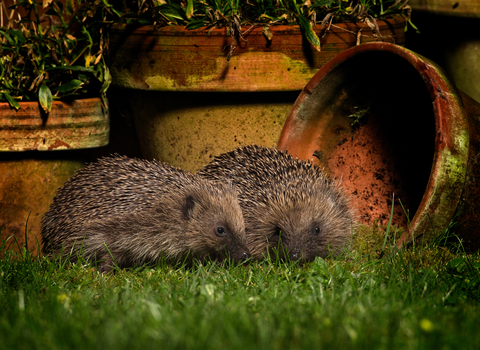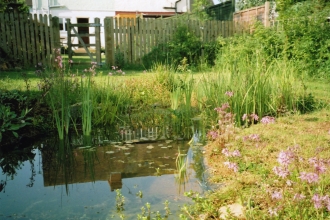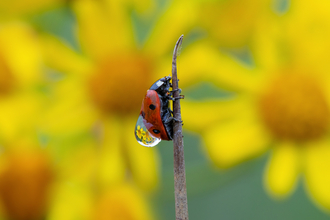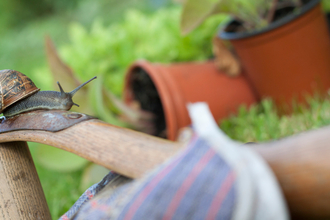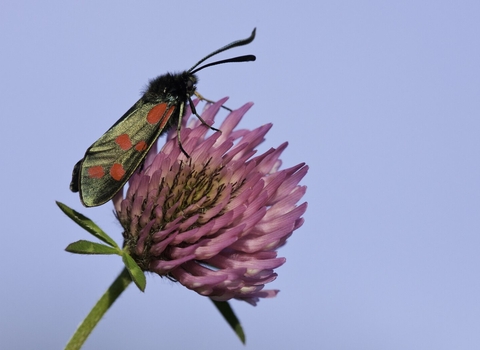Gloucestershire's wildlife is in decline, but our gardens are a vital haven - combined, they make up an area bigger than all of the UK's nature reserves put together.
While individual gardens might be small, together they form a patchwork that links urban green spaces to the wider countryside and nature reserves. This patchwork provides an essential wildlife highway allowing animals, insects and plants to move across Gloucestershire in response to the changing landscape and climate, while also being a vital source of food and shelter.
The wildlife once common in our gardens is under threat. Since 1900 the UK has lost 20 species of bee and a further 35 face extinction. Even numbers of the house sparrow are falling dramatically, with a 60% decline since the 1970s.
The UK is a nation of gardeners; you can do your bit to encourage wildlife to your garden.
Numbers of the house sparrow are falling dramatically, with a 60% decline since the 1970s
Simple changes can make a big difference: planting nectar-rich plants attracts and supports butterflies and bees, while making a small pond can provide not only a home to amphibians but also a source of water for foxes and birds. Avoiding chemicals in the garden, leaving woodpiles for slow worms to live in, and putting up bird boxes to provide nesting sites are all ways you can help.
By gardening for wildlife, you are also helping us to achieve our vision for a living landscape; restoring, recreating and reconnecting wildlife-rich spaces in urban and rural areas throughout the county.

